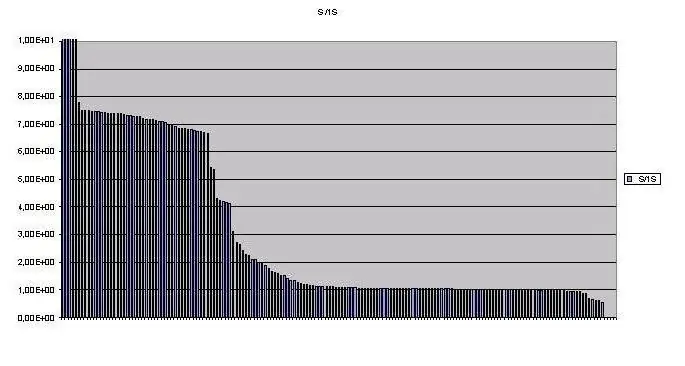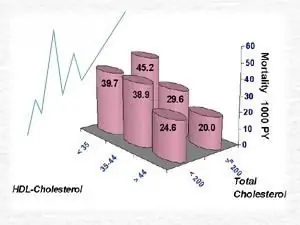Statistical data processing is impossible without their ordering, generalization and analysis. Any results obtained must first be brought into such a form so that maximum useful information can be extracted from them. If there is too much data received, then they need to be grouped or summarized.
So, for grouping, it is necessary to determine the norms according to which the received data will be distributed. At the same time, not only visibility, but also the potential usefulness of the information received will depend on the chosen method. Correctly grouped research results are much more convenient to study and analyze.

Statistical data processing methods can be applied in many areas of human activity. They can be divided into 3 main types:
1) generic methods that can be used regardless of scope;
2) methods for certain areas of activity, dealing with the study of real processes or phenomena;
3) methods forresearch on certain data.
It is clear that the more accurate the method by which the statistical processing of data is carried out, the more effective the analysis of a particular situation will be. If the first method is applicable for scientific results, the value of which will be assessed only by general scientific criteria, then the third method is used only for solving certain problems in a particular area.
In addition to a general knowledge of the methods by which data is processed, it is also important to know how best to work with the results. Statistical data processing involves the creation of tables or graphs to visualize the information received.

At the initial stage, information can be summarized in a table. So, for example, statistical processing of experimental data, recorded in a tabular form, allows researchers to save additional unnecessary records of indicators, measurement values, additional factors that affect the course of the experiment. In tables it is convenient to record not only the data of the study or experiment, but also to summarize the intermediate and main results. True, for their correct construction, it is necessary to think over the required number of rows and columns in advance, write down all the necessary parameters.
You can make a table simply on a sheet of paper or immediately enter data into a computer. The second option will allow you to quickly sort the received data in the right way, find the largest or, conversely, the smallest value, sum up or find the average value byselected result group.
Do not forget that if competent statistical data processing requires several tables, then they must be numbered and a unique name should be invented for each.

Graphs are a more visual way to record data. They visually show the relationship between different quantities, making it easier to understand the results of the study.
Knowing the basic principles of constructing tables and graphs, you can quickly and efficiently process the received data.






